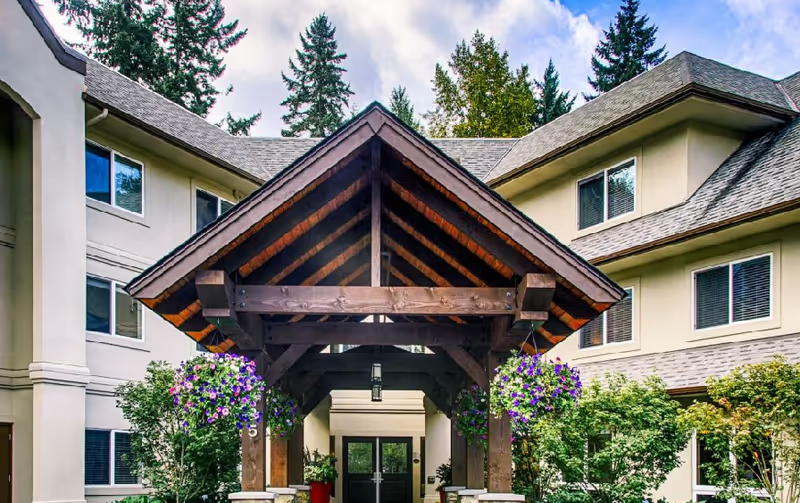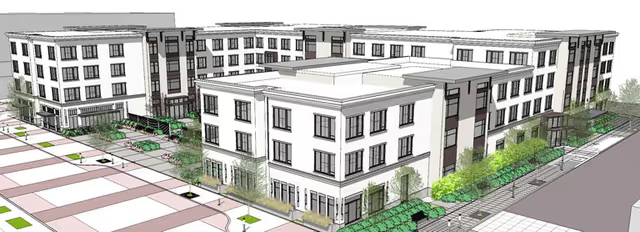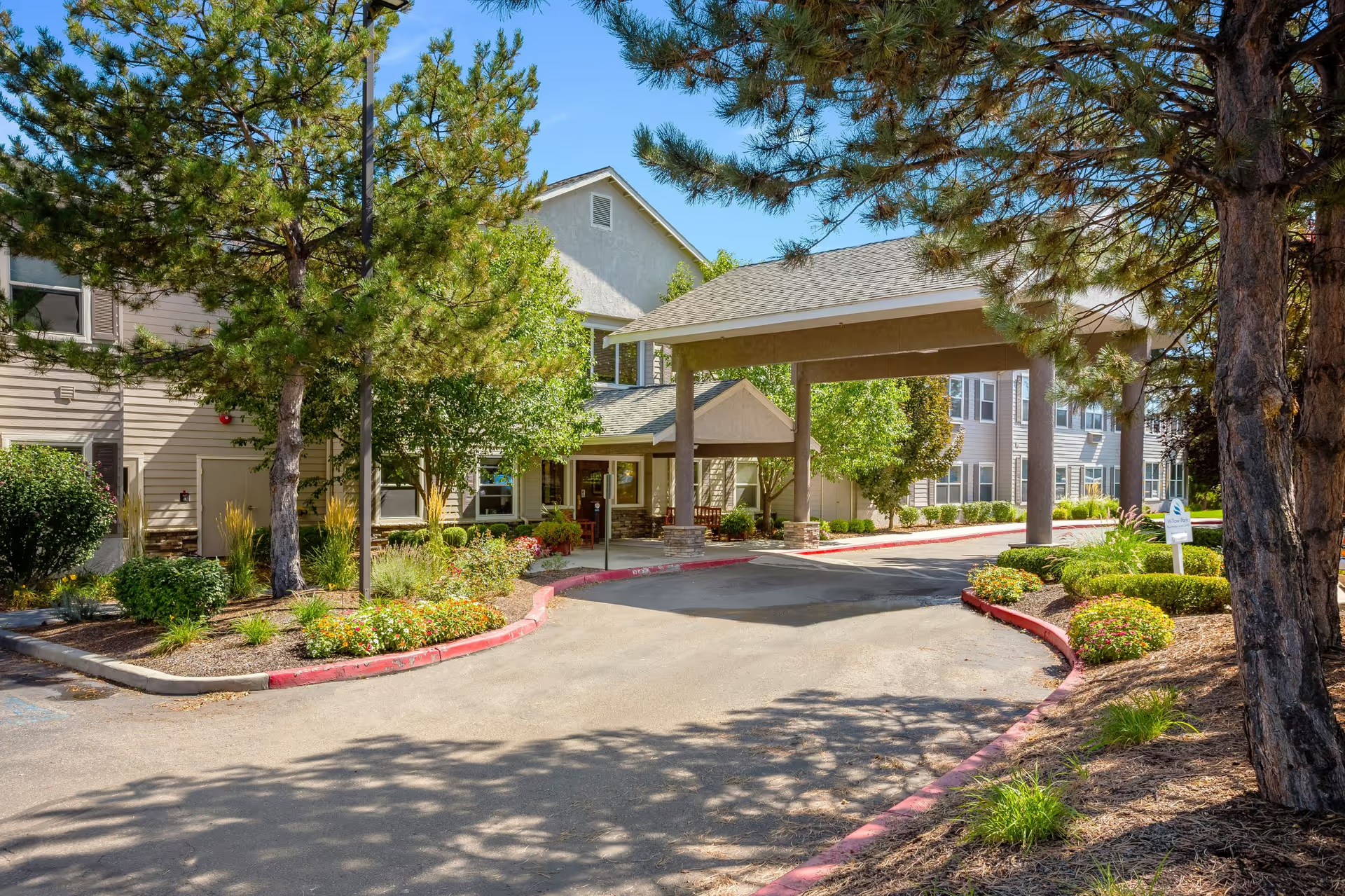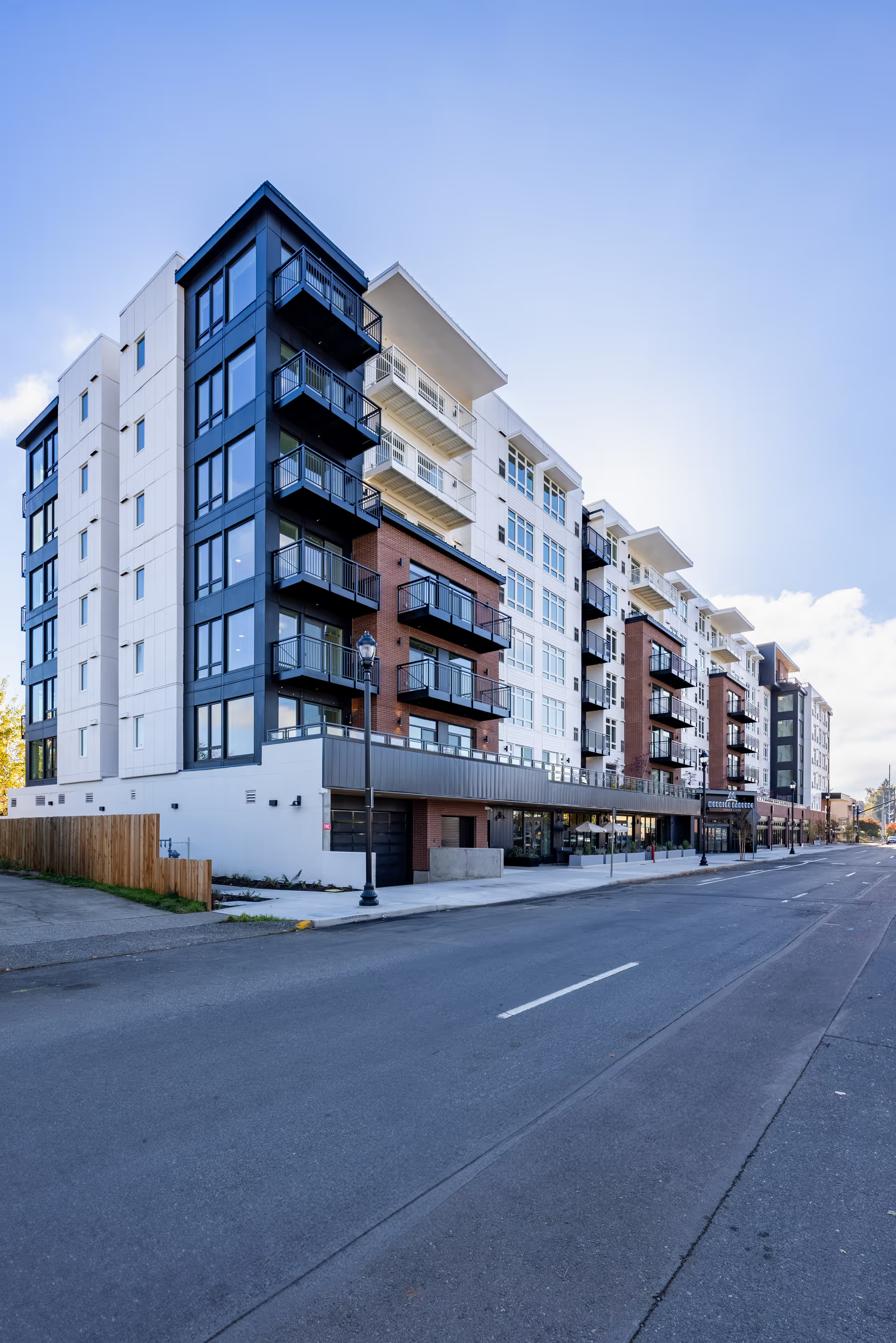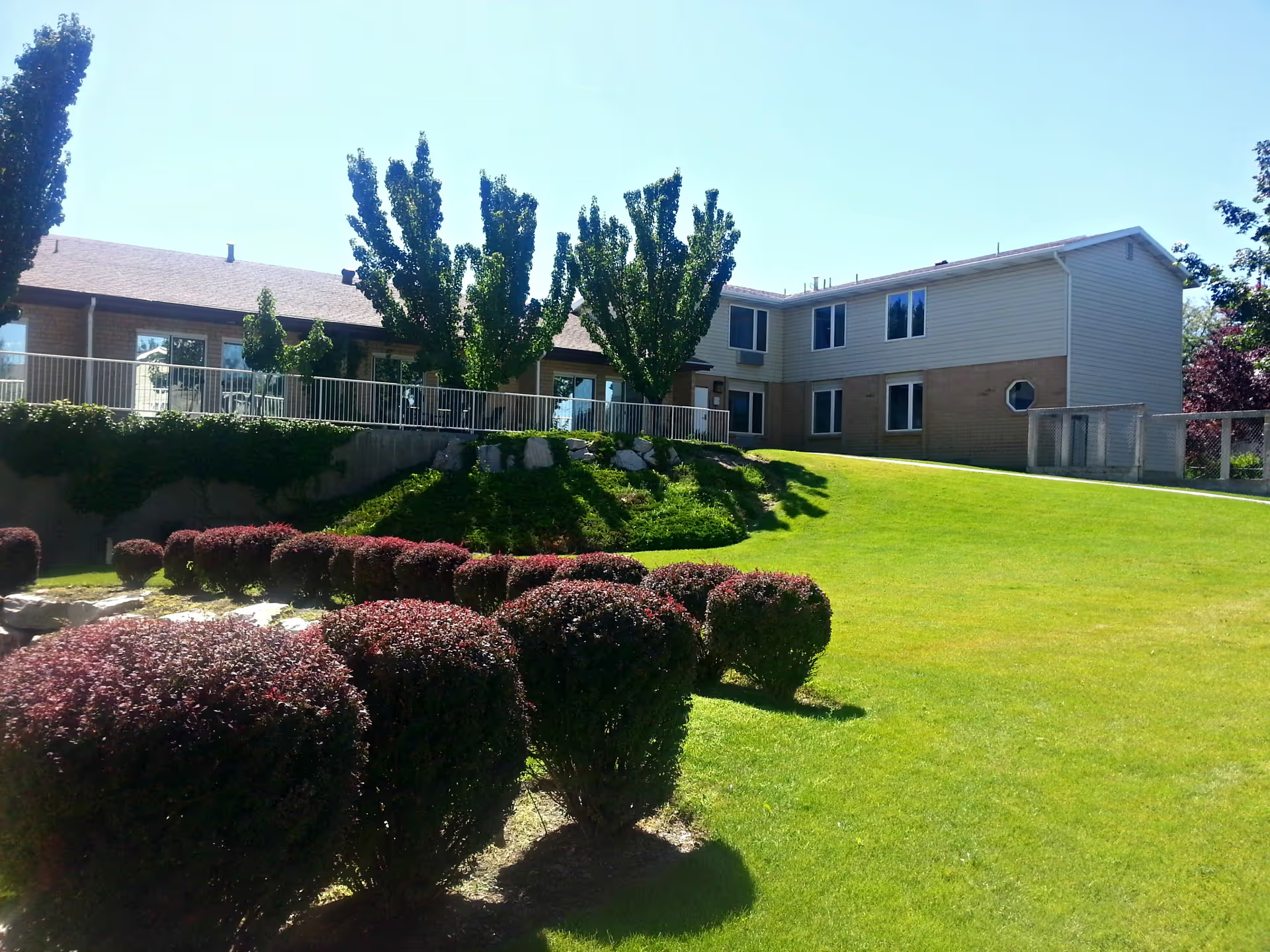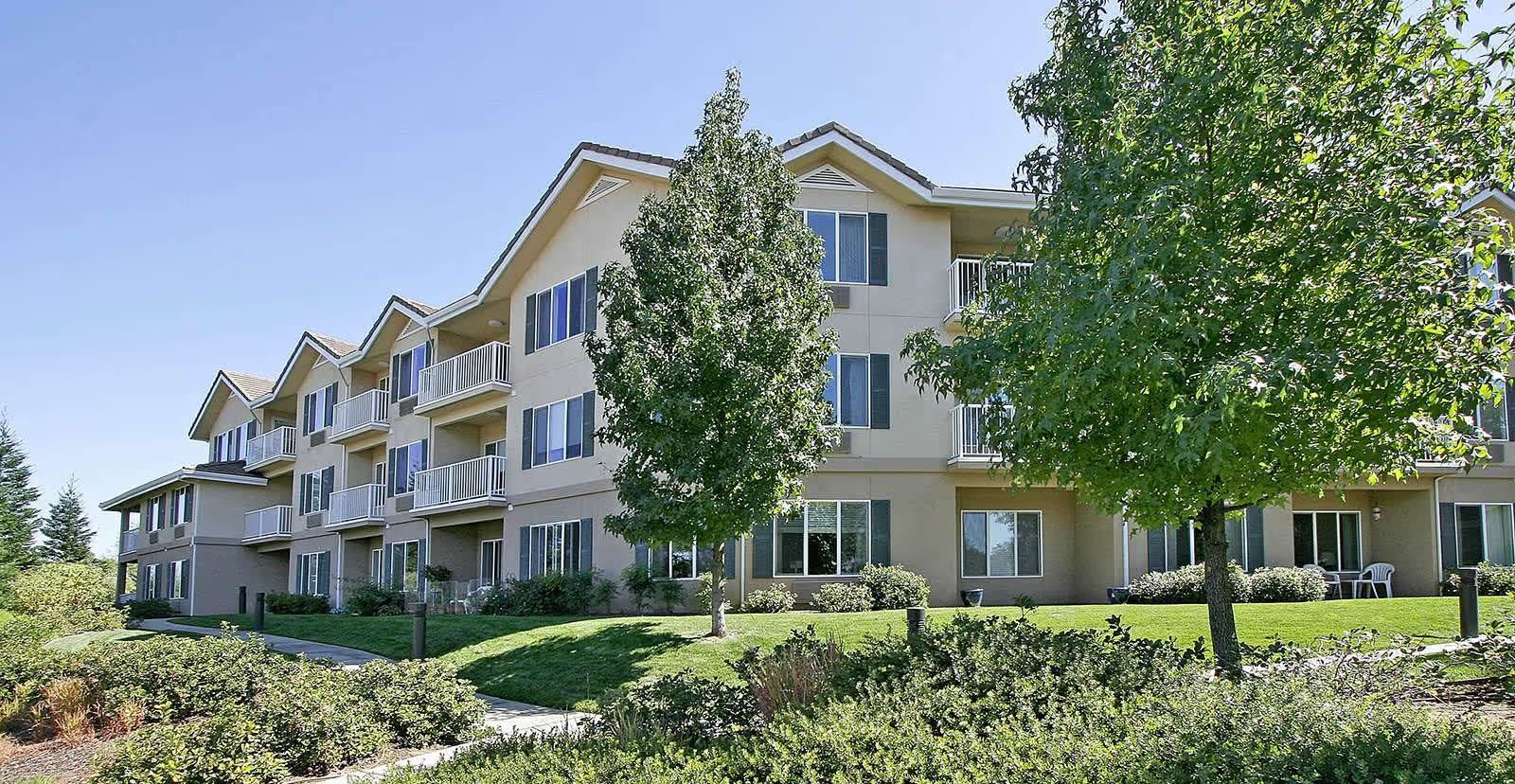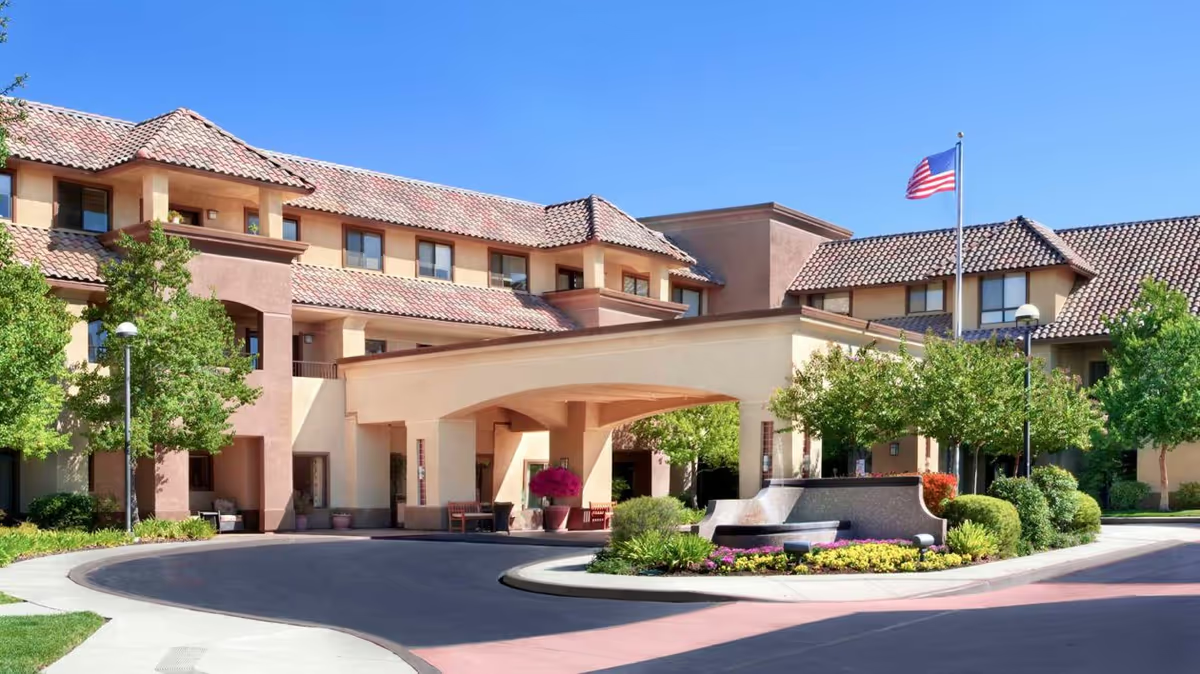Overall sentiment in these reviews is mixed but clustered around two dominant themes: consistently praised direct-care staff and an activities/social program, versus recurring operational and management problems that have resulted in serious negative incidents for some residents. Many reviewers emphasize that the facility feels clean, home-like, and small-scale; they highlight compassionate, attentive caregivers, strong communication with families, and an active activities director who runs bingo, arts and crafts, movies, outings, musical performances, and devotionals. Memory care receives multiple positive mentions, with several families describing the memory-care team as phenomenal and supportive. Interior updates, new furniture, pleasant artwork, private bathrooms, garden beds, on-site salon/gym, and a therapy/mascot dog are frequently noted as positive attributes that contribute to residents' quality of life.
Care quality descriptions are polarized. A substantial number of reviews describe caring, proactive staff who manage medications well, communicate about incidents (falls, health changes), assist with mobility, and create an engaging social environment. These reviewers often report spotless rooms, good attention to medication schedules, and compassionate hands-on care. Conversely, a concerning minority of reviews report incidents of neglect and poor hygiene (residents left in urine for extended periods, feces found in rooms, trash overflowing), and instances where family members felt the level of clinical oversight was inadequate. Short-staffing—especially on weekends—appears repeatedly in negative reports and is tied by reviewers to lapses in daily care and slow response to urgent resident needs.
Dining and nutrition are another area of notable divergence. Several families praise homemade-style meals, adequate portions, and balanced menus; others describe food as bland or worse, and claim that actual meals differ from the menu. Specific complaints include a low reported per-meal budget, the presence of deep fryers, unclear menus, and inconsistency in meal quality. A few reviewers note thoughtful preparation for choking risks (meals cut into smaller pieces), while others feel nutrition or meal service standards have declined. Because dining impacts daily quality of life, these conflicting reports suggest variable execution or changes over time or by staffing/shifts.
Facility condition and cleanliness are similarly mixed. Many visitors praise recent interior modernization, spotless rooms, tidy dining areas, and well-kept grounds with raised garden beds and pleasant landscaping. Others point to aging outdoor areas, dated exterior appearances, dirty lounge furniture, spills, hair, and dog presence in lounges, and occasional room odors resulting from incontinence or overflowing trash. Tour experiences also vary: some visitors received warm, informative tours, while others experienced abbreviated or absent tours, busy/disrupted staff, or an unfriendly greeting.
Management, safety, and operational practices are frequent sources of concern. Reviews include allegations of poor management decisions, payroll or PTO disputes, and at least one filed complaint with the state. Security concerns are noted (a resident escape and comments about inadequate fencing), and some people report inconsistent enforcement of policies (for example, a restriction on a spouse sleeping in the resident's room). There are also strong negative claims about nurses or management incompetence in a subset of reviews, including highly alarming allegations that would warrant investigation (reported unethical behavior and infrequent nurse check-ins). Several reviewers described a perceived decline after management changes. At the same time, other reviewers praise the administration for safety-focused measures (lockdowns during COVID) and coordination with outside medical providers.
Activities, social life, and community engagement are generally reported as strengths when staffing and policy permit. The facility frequently organizes themed monthly activities, community outings, seasonal events, and entertainers; reviewers appreciated the social atmosphere and family-oriented dining. However, COVID-related restrictions reduced outings and in-person programming for some residents, and a few reviewers said activities remained limited.
In summary, Brighton Court demonstrates many features families look for in assisted living—clean, modernized interiors, a warm and engaged caregiving staff, focused memory-care support, an active activities program, and pleasant grounds. Those positive experiences are balanced by a series of recurring negative patterns: inconsistent food quality, short-staffing, occasional lapses in basic hygiene and room cleanliness, management and communication problems in specific instances, and safety/operational concerns reported by multiple families. The distribution of experiences suggests the facility can offer very good care and quality of life for many residents, but there are significant, credible red flags in some accounts that prospective residents and families should investigate further.
If you are considering Brighton Court, ask targeted questions and request documentation: current staffing ratios (including weekend coverage), recent inspection or complaint history, turnover rates for nurses and care staff, policies on incident response and family notification, how meals are planned and budgeted, transportation availability for medical appointments, security measures (e.g., elopement prevention), and how management handles grievances and changes in leadership. Also, request an in-person tour at a time when regular activities are occurring, speak directly with current families if possible, and clarify any policies that affect daily life (spouse overnight stays, outings, and visiting medical practitioners). These steps will help confirm whether the positive experiences reported by many families are the norm and whether the concerning incidents cited by some reviewers have been addressed and remedied.
